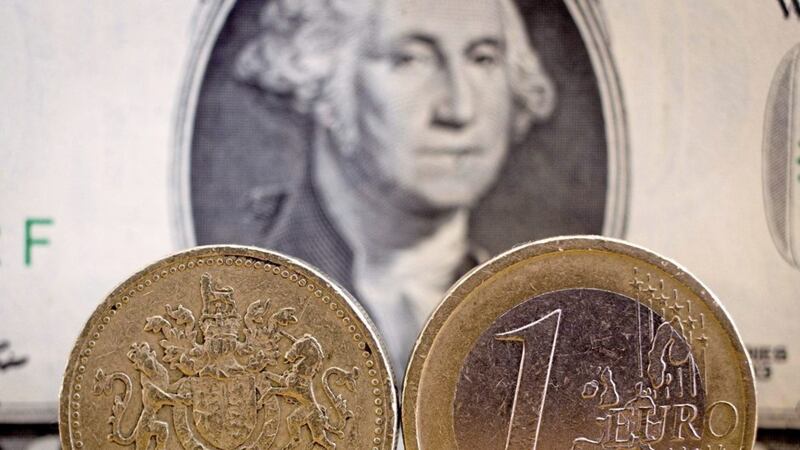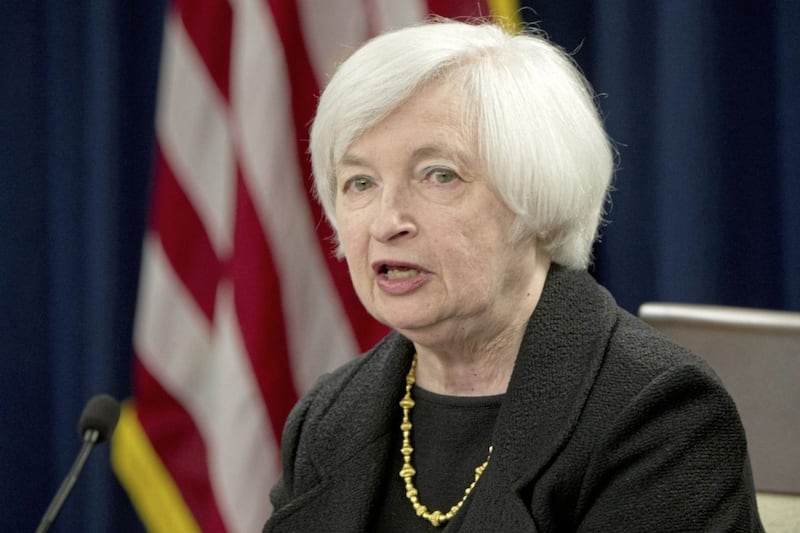MONETARY policy is very much to the fore for markets at the moment as we are in the midst of the March round of key central bank meetings. Last week the ECB refrained from making any changes to policy. Although, it did adopt a more positive tone in terms of the economic outlook.
However, the ECB also stressed that the economy is still likely to warrant a “very substantial degree of monetary accommodation” given the subdued trajectory of underlying inflation.
Market reaction to the ECB saw the euro making gains, moving back above 87p against the pound and trading up near $1.06. Bonds yields and eurozone swap rates also moved higher, while futures contracts suggest that the market now expects money market rates to move back into positive territory around the end 2018/early 2019, a year earlier than previously envisaged.
For the week ahead, we have the BoE, BoJ and Fed meetings, with the latter expected to be the main focus. This is in light of recent hawkish comments from a raft of FOMC members, including Fed Chair Yellen, who stated that a rate hike at this month’s meeting “would likely be appropriate”. As a result, markets have moved to price in a rate hike from the Fed this week (vs previous expectation of a June hike).
Data-wise, there is a consumer theme to the US schedule. The main release is February retail sales. They have been solid in recent months and are expected to record a modest improvement in February. The timelier Michigan measure of consumer sentiment is forecast to improve in March, from an already strong level. This suggests that consumption could continue to grow a healthy pace.
Meanwhile, US CPI inflation looks set to edge up further in February, from 2.5 to 2.7 per cent. Core inflation is expected to remain at 2.3 per cent. Higher prices could have some negative impact on spending in the US. However, core-PCE prices, the Fed’s preferred inflation measure, remains more subdued, stuck around 1.6-1.7 per cent.
In the UK, we get a raft of important labour market data. Recent figures have shown some possible warning signs for the economy. Employment growth slowed for a second consecutive quarter from October-December, though it is forecast to have seen some improvement in the three months to January, while the unemployment rate is expected to have held at 4.8 per cent.
Meanwhile, year-on-year growth in average earnings is forecast to have slowed to 2.4 per cent in January, a month in which inflation rose to 1.8 per cent. Thus, UK real wage growth looks to have slowed further. This is likely to act as a headwind to the key driver of UK GDP growth, consumer spending, this year.
In terms of the aforementioned BoE meeting, no policy changes are anticipated. Markets will be looking to the meeting minutes, though, for updated views on the economy in the context of the weaker tone to the UK data in recent weeks. Overall, the BoE is likely to retain the view that its policy can respond in either direction.








